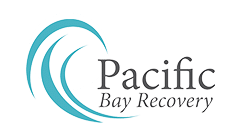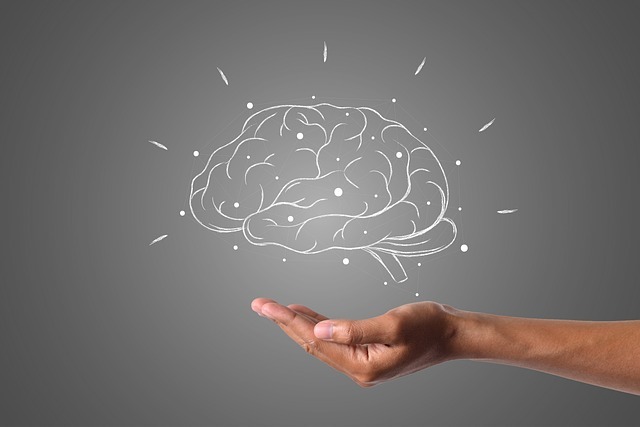A dual diagnosis is the medical term used for experiencing a substance abuse problem and a mental condition simultaneously. Called dual diagnosis disorder, this is a very broad category. Many people have substance abuse along with depression and anxiety disorders and benefit from treatment at a top San Diego dual diagnosis rehab center.
Which occurs first, the substance abuse or the mental condition?
With a dual diagnosis, either problem can develop first – the mental condition or the substance abuse. An individual who is depressed may turn to drugs and/or alcohol to ease his or her misery, as a form of self-medication. With substance abuse, many people have anxiety, depression, and other problems because of the use of drugs and/or alcohol. Abusing drugs leads to changes in mood, brain chemistry, behavior, and thoughts.
How common is a dual diagnosis?
One-third of all people with a mental condition and half of those living with severe mental illness also experience substance abuse. In the substance abuse community, around one-third of all users experience some type of mental illness. Dual diagnosis disorder occurs more often in men than women. People at high risk include military veterans and those of lower socioeconomic status.
What are the symptoms of a dual diagnosis?
The main characteristic of dual diagnosis disorder is that the person has both a substance abuse problem and a mental condition at the same time. There are many forms of this disorder, so symptoms vary according to which substance is being used and abused, as well as which mental condition occurs. Symptoms of substance abuse include:
- Sudden changes in behavior
- Withdrawal from family and friends
- Loss of control over use of substances
- Developing tolerance
- Having withdrawal symptoms
- Doing things you would not normally do
Symptoms of a mental health condition vary, so every person has different symptoms. These include mood changes, problems with concentration, confused thinking, and avoiding social activities.
How is a dual diagnosis treated in San Diego?
The most common form of treatment for a dual diagnosis disorder is integrated intervention. A person must receive treatment for both the mental condition and the substance abuse. There are many ways to treat dual diagnosis, and each person must have an individualized treatment plan.
How is dual diagnosis disorder treated?
There are several stages of treatment. Not every person needs each stage, however. These include:
- Detoxification – During inpatient detox, a person is given medications to ease withdrawal symptoms. The staff administers tapering amounts of the drug until the person is weaned off. In addition, detox provides a safe environment for coming off of alcohol and/or drugs.
- Inpatient rehab – For those with dangerous abuse habits, inpatient rehabilitation is recommended. These treatment centers offer therapy, medication, support, and counseling. Supportive housing is used after inpatient to assure a clean living environment.
- Medications – Various mental conditions respond to medications. Depending on the severity of the substance abuse, many medications are used to ease withdrawals. Because post-substance abuse depression often occurs, the client may be given an antidepressant.
- Psychotherapy – This is a major treatment component for dual diagnosis disorder. A person can receive individual therapy, cognitive behavior therapy (CBT), or group therapy.
- Support groups – Support groups allow members to share their successes, struggles, and frustrations. Many people form friendships and relationships in support groups, which allow them to have others to lean on in times of need.
Pacific Bay Recovery offers the top inpatient rehab for all types of dual diagnosis disorders. Success rates are impressive, call our addiction and behavioral health rehab center today!


